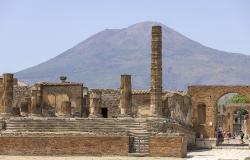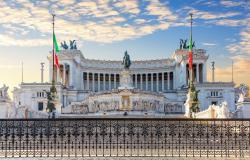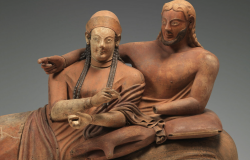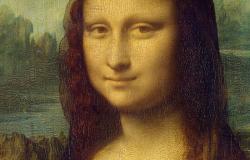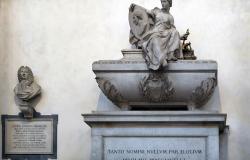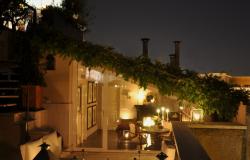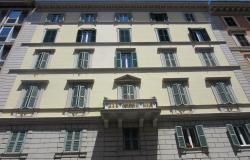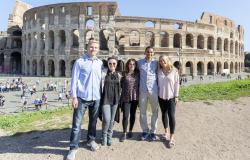John Bensalhia revisits Rome's Olympian moment in the spotlight, when it hosted a fondly remembered Olympic Games in the late Summer of 1960.
The 1960 Olympic Games are still fondly recalled to this day, not just by sports aficionados, but by many people who remember tuning into this sporting spectacle. Bearing in mind that it was the first to be heavily broadcast all over the world, that's no main surprise, but there's much more to this Olympian great than TV exposure. It was an Olympic Games that drew on Rome's cultural heritage and history. It was an Olympic Games that saw some outstanding sporting achievements and records. And it was also an Olympic Games that saw the first major showing for a world-famous boxer...
So journey back with me to recall the most memorable aspects of this highly regarded year of the Olympic Games...
When and Where?
The Olympic Games came to Rome in 1960, with events taking place between August 25th and September 11th.
Background
Nature has a cruel way of leaving the best laid plans in tatters. Originally, Italy had made plans to host the Olympic Games in the summer of 1908. Unfortunately, two years prior to this, Mount Vesuvius had erupted, which meant that Italy now had to decline the role of playing host.
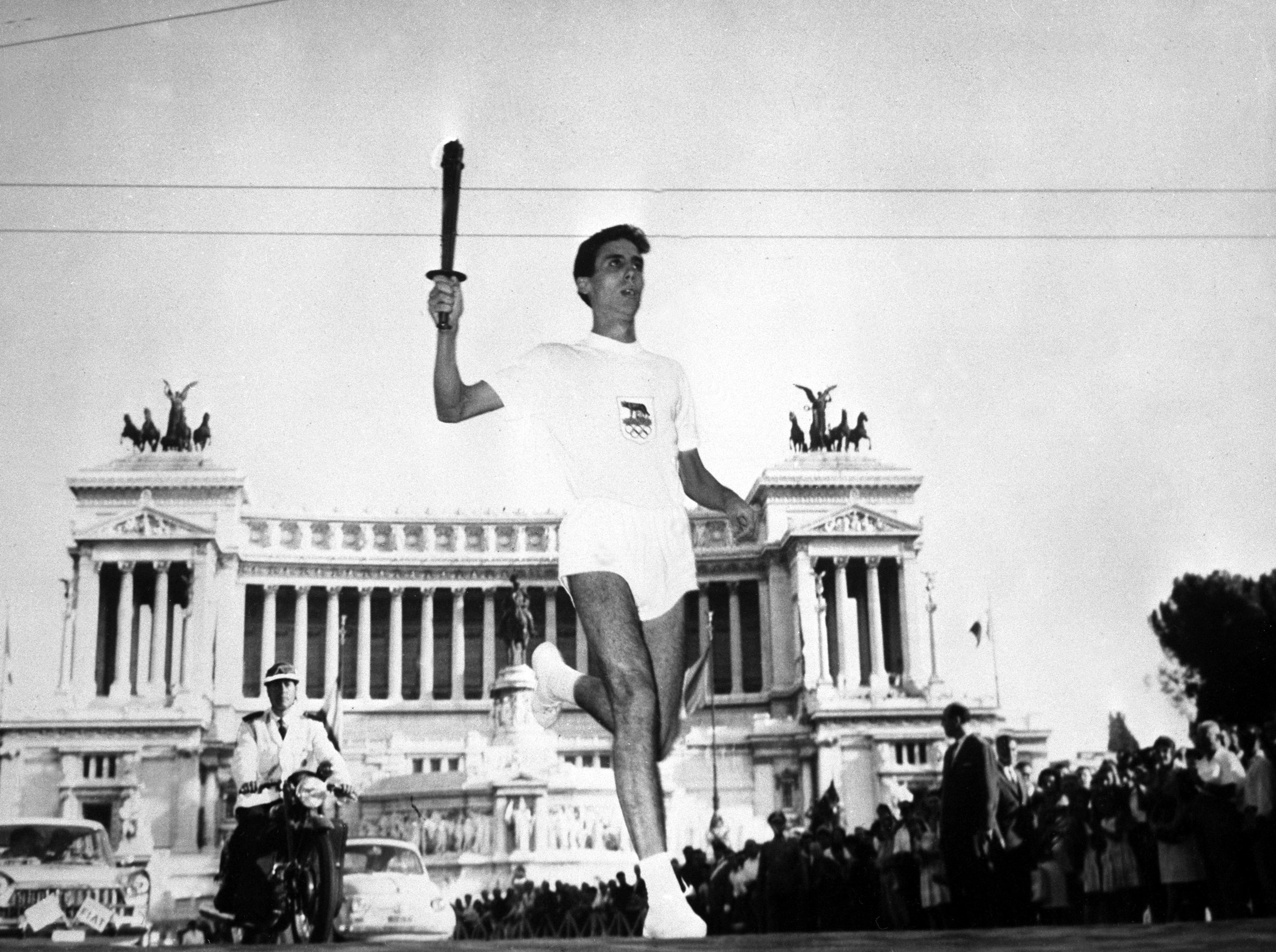
The opportunity arose again in the 1950s, and on June 15th 1955, at the 50th IOC session, Italy waited to hear whether it would be hosting the Games in five years' time. Rome was in the running to host the 1960 Olympics, going up against Mexico City, Lausanne, Tokyo, Budapest, Brussels and Detroit. Rome, of course, won the competition, and the plans were in preparation to host a truly memorable Olympic spectacular.
Numbers
The 1960 Rome Olympic Games comprised 150 events, 83 participating nations and 5338 athletes.
Locations
One of the reasons as to why this particular Olympic Games is so well regarded, revered and fondly remembered is because of the host nation's determination to mix old and new. Rome contains some of the most awe-inspiring historical architecture and with that in mind, the organisers of the 1960 Olympics wanted to offset the modern sporting talent against the backdrop of the rich Roman historical tapestry. So, the Caracalla thermal baths were used to host the gymnastics events. The Basilica of Maxentius was the backdrop for wrestling. At the Stadio dei Marmi (also known as the Marble Stadium), field hockey was in session. And athletes could also run under the Constantine Triumphal Arch in celebratory victory. It should be noted that the Games were not 100% concentrated in Rome - Rowing and canoeing took place on Albano Lake, while sailing events were held in Naples.

All in all, the 1960 Olympic Games not only boasted some outstanding sporting talent, it also boasted some of the finest historical scenery, adding to the splendour and grandeur of the experience.
Notable Competitors
The 1960 Rome Olympics saw a wide range of sporting talent take part in a broad cross-section of events. The home country saw some notable wins, including Livio Berruti, who achieved a landmark in the 200 metres event, by becoming the first non-American to win a gold medal. Notable Italian sports competitors added to their winning portfolios by claiming victory in their respective events – Raimondo and Piero D'Inezo won gold and silver medals in the equestrian individual jumping events, while Edoardo Mangiarotti scooped up another winning prize for his fencing, as did Sante Gaiardoni for cycling.
This year's hosts Britain also fared well in the 1960 Olympics, with some strong athletics performances – Dorothy Hyman, Dorothy Shirley and Carole Quinton were the most successful females flying the athletics flag for Britain, while Peter Radford and Stan Vickers did well in the men's athletics finals. Don Thompson walked to victory while Anita Lonsborough found success in the swimming finals – well-known British diver Brian Phelps also won a bronze medal for the men's platform event.
There were a good number of consistent performers at the 1960 Olympics. For example, Denmark's Paul Elvstrom won his fourth consecutive yachting gold medal, Sweden's Gert Fredriksson claimed his sixth gold award for the canoeing event, while Hungarian Andrew Gerevich, a talented fencer, won his sixth consecutive gold medal in the team sabre event. Australian athlete Herb Elliott gave a commanding performance at the event a strong win in the men's 1500m race.

Livio Berruti becomes the first non-American to win a gold medal int the 200m event
One of the most notable athletes was Wilma Rudolph. Rudolph was dubbed the “fastest woman in the world”, and with no less than three gold medals in sprinting events at the 1960 Games, it's hard to disagree with this moniker. American Rudolph, who had suffered from polio as a child, won gold in the 100 metres race, the 200 metres and also the 4 x 100 relay race.
Pakistan managed to make Olympic history in 1960. Its team became the first in history to beat India in the Olympic Field Hockey category since 1928. And a glimpse could be caught of the future King of Greece, Constantine II, who won a gold medal in the sailing Dragon class.
Perhaps one of the greatest sporting legacies left by the 1960 Rome Olympic Games is the rise to fame by one of sport's most iconic figureheads. It provided the first main showcase for 18-year-old boxer Cassius Clay, now better known these days as Muhammad Ali. Clay already showed signs of his sporting talent at the 1960 Games, and won the light-heavyweight boxing gold medal. News of his skill in the boxing ring and word of mouth rapidly spread from these origins on television and on the radio, and before long, Ali became a huge international star.
Media
The 1960 Rome Olympics is also well remembered because of its wide exposure in the media. By 1960, television had quickly caught on, and so, this was the first Olympic Games to receive heavy TV coverage throughout the world. It was broadcast live in 18 European countries and also transmitted to Japan, Canada and the United States Of America.

